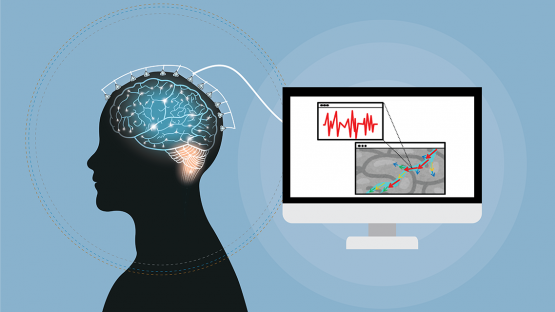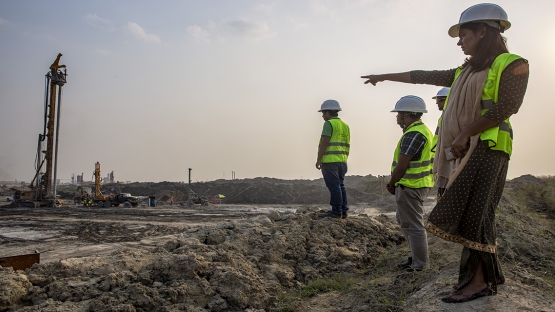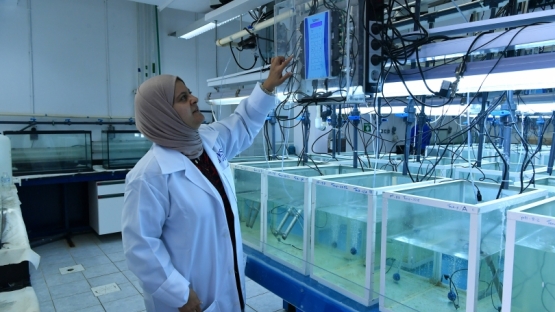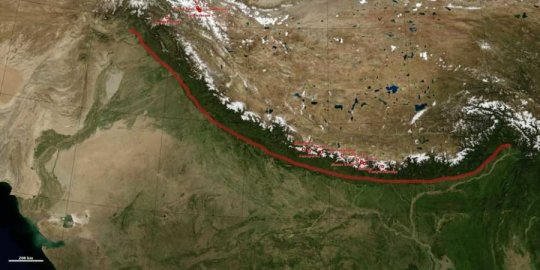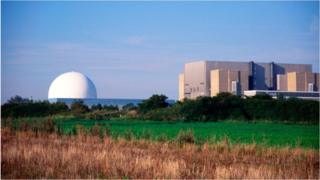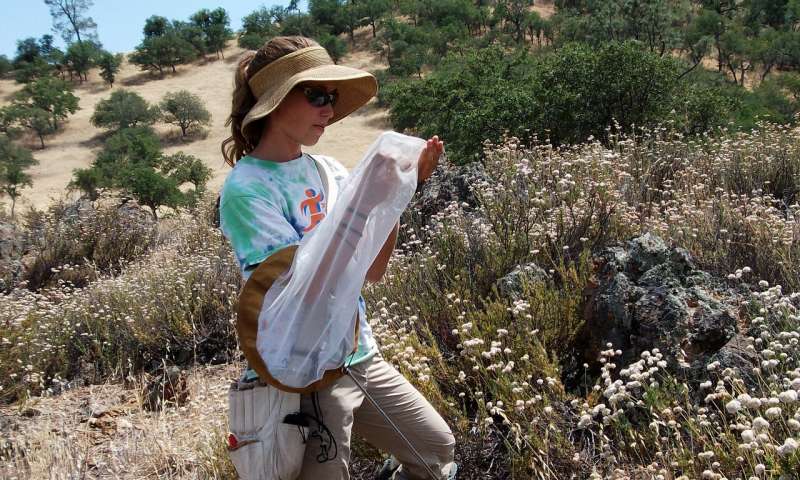Novel quantum-based biosensors using diamond with nitrogen-vacancy centres are being developed through at 10-year project called Q-LEAP. These sensors could vastly improve the study of human brain functions, such as real-time detection of thoughts. (Image: Y. Yamazaki/National Institutes for Quantum and Radiological Science and Technology, Japan)
IAEA Nuclear Applications Laboratories to Hold Open Day for Potential Partners
The IAEA nuclear applications laboratories in Seibersdorf, Austria will be holding an “open day” for potential partners on 29 March, where companies interested in partnering with the Agency can learn about the work of the laboratories, their equipment needs as well as how partnerships may work.
Construction Progresses on Bangladesh’s First Nuclear Power Plant
Dhaka and Rooppur, Bangladesh — As 2019 starts, authorities in Bangladesh have presented in Vienna this week their progress towards nuclear power at a Technical Meeting on Topical Issues in the Development of Nuclear Power Infrastructure, with more than one hundred participants from 40 IAEA Member States.
Kuwaiti Experts Use Nuclear Technology to Study the Marine Environment
Kuwait — In the face of climate change and increased industrial activity, scientists in Kuwait are using nuclear science to address challenges to the marine environment, with the assistance of the IAEA.
Artificial intelligence applied to the genome identifies an unknown human ancestor
By combining deep learning algorithms and statistical methods, investigators from the Institute of Evolutionary Biology (IBE), the Centro Nacional de Análisis Genómico (CNAG-CRG) of the Centre for Genomic Regulation (CRG) and the Institute of Genomics at the University of Tartu have identified, in the genome of Asian individuals, the footprint of a new hominid who cross bred with its ancestors tens of thousands of years ago.
Nepal earthquake: Waiting for the complete rupture
In April 2015, Nepal — and especially the region around the capital city, Kathmandu — was struck by a powerful tremor. An earthquake with a magnitude of 7.8 destroyed entire villages, traffic routes and cultural monuments, with a death toll of some 9,000.
Oceans are warming even faster than previously thought
Berkeley — Heat trapped by greenhouse gases is raising ocean temperatures faster than previously thought, concludes an analysis of four recent ocean heating observations. The results provide further evidence that earlier claims of a slowdown or “hiatus” in global warming over the past 15 years were unfounded.
Climate change: Is nuclear power the answer?
Nuclear is good for the environment. Nuclear is bad for the environment. Both statements are true.
Bee surveys in newest national park could aid pollinator studies elsewhere
Declines in native bee populations are widely reported, but can existing data really analyze these trends? In the Jan. 17, 2019, online edition of PLOS One, Utah State University and USDA researchers report findings about pollinator biodiversity in California’s Pinnacles National Park derived from data collected from three separate surveys spanning 17 years. Their results documented 450 species of wild, native bees at Pinnacles, including 48 new to the area since 2002, and 95 detected at the site in the 1990s, but now missing.
As China option fades, Bill Gates urges U.S. to take the lead in nuclear power, for the good of the planet
In his year-end letter, Microsoft co-founder Bill Gates says his to-do list for 2019 includes persuading U.S. leaders to regain America’s leading role in nuclear energy research and embrace advanced nuclear technologies such as the concept being advanced by his own TerraPower venture.



